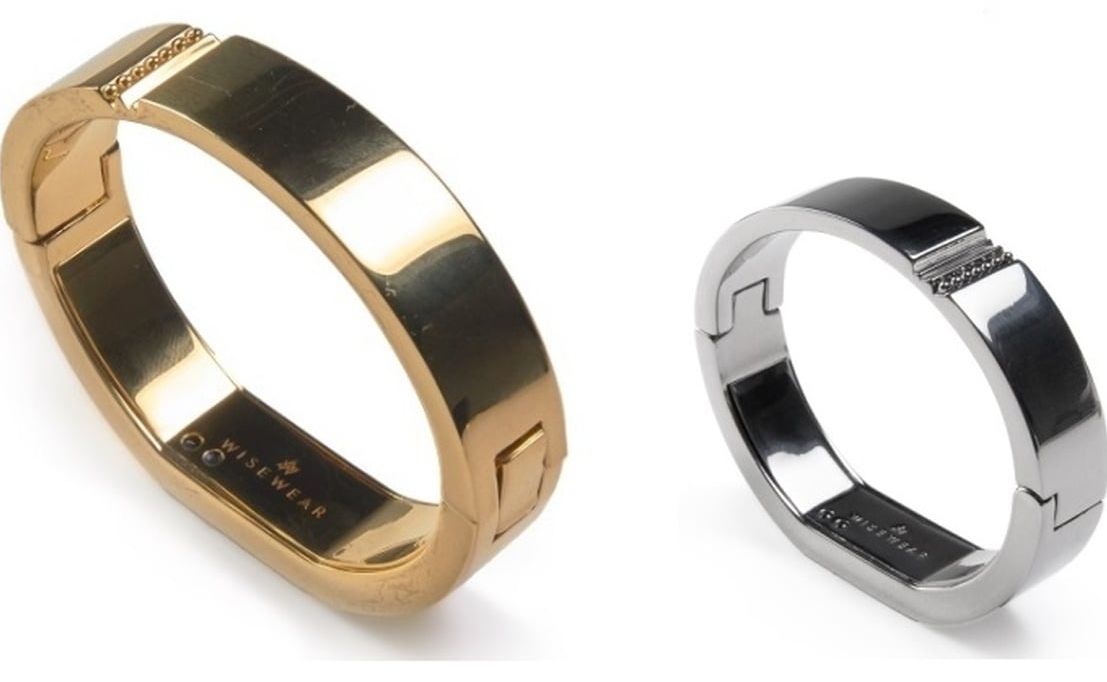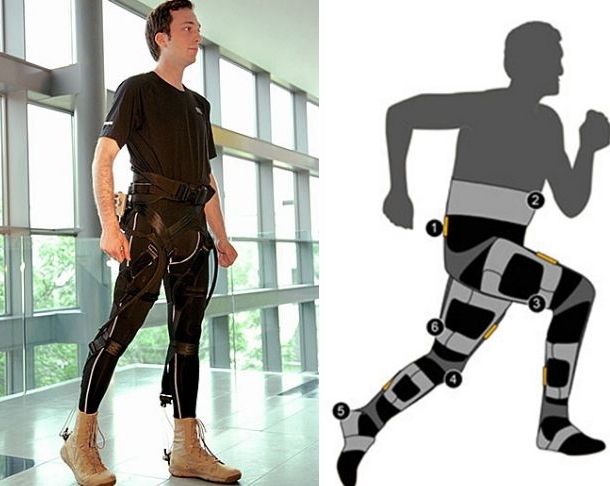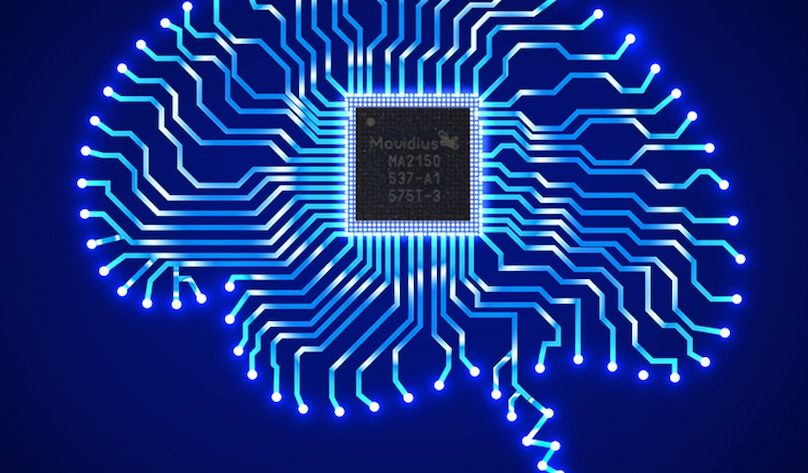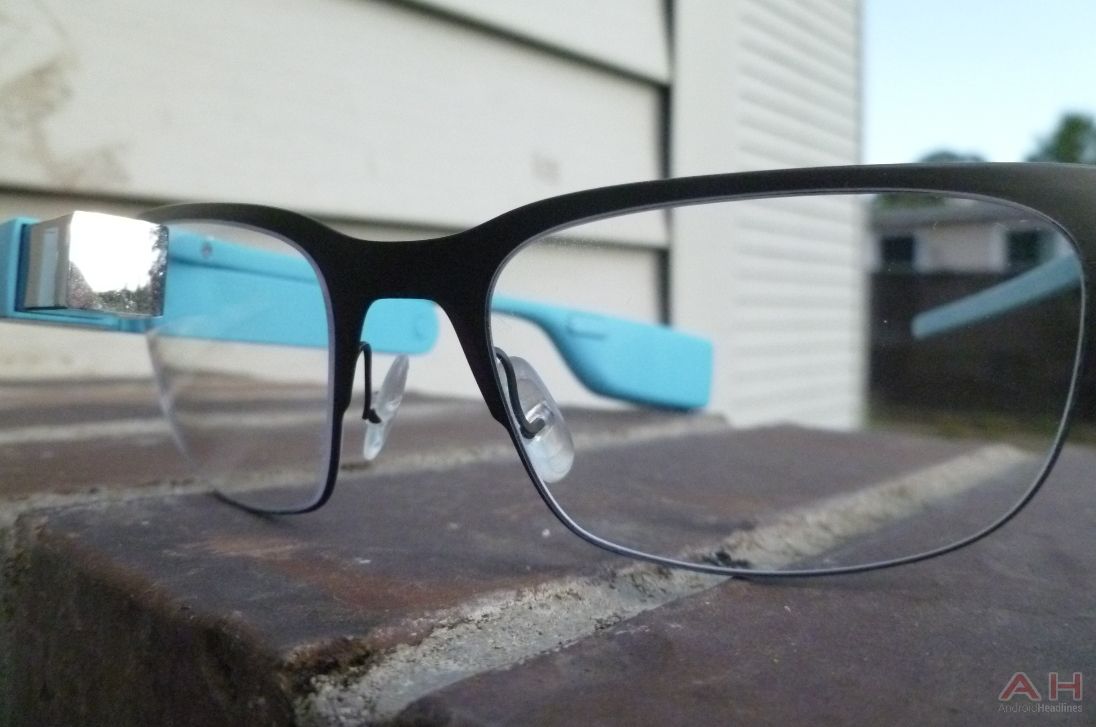Archive for the ‘wearables’ category: Page 65
May 23, 2016
This self-healing material could solve many wearable woes
Posted by Karen Hurst in categories: biotech/medical, electronics, nanotechnology, wearables

The physical limitations of existing materials are one of main problems when it comes to flexible electronics, be it wearables, medical or sports tech. If a flexible material breaks, it either stays broken, or if it has some self-healing properties it may continue to work, but not so well. However, a team from Penn State have creating a self-healing, flexible material that could be used inside electronics even after multiple breaks.
The main challenge facing researchers led by Professor Qing Wang, was ensuring that self-healing electronics could restore “a suite of functions”. The example used explains how a component may still retain electrical resistance, but lose the ability to conduct heat, risking overheating in a hypothetical wearable, which is never good. The nano-composite material they came up with was mechanically strong, resistant against electronic surges, thermal conductivity and whilst packing insulating properties. Despite being cut it in half, reconnecting the two parts together and healing at a higher temperature almost completely heals where the cut was made. The thin strip of material could also hold up to 200 grams of weight after recovering.
May 22, 2016
This Earpiece Translates Languages For You In Real Time
Posted by Shailesh Prasad in category: wearables
May 18, 2016
DARPA Speeds-up Work on ‘Soft Exosuit’ that will Strengthen US Soldiers
Posted by Karen Hurst in categories: cyborgs, energy, engineering, military, neuroscience, robotics/AI, wearables
Pressure is on DARPA by US Military to speed up on completing the soft Exosuit.
The clothing-like Soft Exosuit has been described as a “Wearable Robot” by the U.S. Defense Advanced Projects Research Agency (DARPA) that’s commissioning universities and research institutions to advance this military technology. The DARPA Soft Exosuit is part of the agency’s Warrior Web program.
A prototype Soft Exosuit had a series of webbing straps around the lower half of the body with a low-power microprocessor and a network of flexible strain sensors. These electronics act as the “brain” and “nervous system” of the Soft Exosuit. They continuously monitor data signals, including suit tension, wearer position (walking, running, crouched) and more.
Continue reading “DARPA Speeds-up Work on ‘Soft Exosuit’ that will Strengthen US Soldiers” »
May 8, 2016
AI-On-A-Chip Soon Will Make Phones, Drones And More A Lot Smarter
Posted by Klaus Baldauf in categories: computing, drones, mobile phones, robotics/AI, transportation, wearables
Movidius’ Myriad 2 vision processing chip (Photo: Movidius)
The branch of artificial intelligence called deep learning has given us new wonders such as self-driving cars and instant language translation on our phones. Now it’s about to injects smarts into every other object imaginable.
That’s because makers of silicon processors from giants such as Intel Corp. and Qualcomm Technologies Inc. as well as a raft of smaller companies are starting to embed deep learning software into their chips, particularly for mobile vision applications. In fairly short order, that’s likely to lead to much smarter phones, drones, robots, cameras, wearables and more.
Continue reading “AI-On-A-Chip Soon Will Make Phones, Drones And More A Lot Smarter” »
May 5, 2016
Use Your Brain. Ditch Your Fitness Tracker
Posted by Karen Hurst in categories: health, neuroscience, wearables
Interesting approach.
If you’re at all interested in your health, it’s likely you’ve joined the 20 percent of Americans who’ve incorporated fitness trackers into their daily ensemble. From monitoring steps and daily activity to sleep, an ever-growing number of devices are tracking and analyzing our body’s data in an effort to make us better.
But how good is this tracking? Despite noble intentions, the scientific reality is that much of the data these trackers provide is insufficient and inaccurate — and in turn, are not as effective as they promise.
Continue reading “Use Your Brain. Ditch Your Fitness Tracker” »
May 2, 2016
How AI will make information akin to electricity
Posted by Karen Hurst in categories: biotech/medical, computing, engineering, government, internet, life extension, mathematics, mobile phones, robotics/AI, wearables
Ask an Information Architect, CDO, Data Architect (Enterprise and non-Enterprise) they will tell you they have always known that information/ data is a basic staple like Electricity all along; and glad that folks are finally realizing it. So, the same view that we apply to utilities as core to our infrastructure & survival; we should also apply the same value and view about information. And, in fact, information in some areas can be even more important than electricity when you consider information can launch missals, cure diseases, make you poor or wealthy, take down a government or even a country.
What is information? Is it energy, matter, or something completely different? Although we take this word for granted and without much thought in today’s world of fast Internet and digital media, this was not the case in 1948 when Claude Shannon laid the foundations of information theory. His landmark paper interpreted information in purely mathematical terms, a decision that dematerialized information forever more. Not surprisingly, there are many nowadays that claim — rather unthinkingly — that human consciousness can be expressed as “pure information”, i.e. as something immaterial graced with digital immortality. And yet there is something fundamentally materialistic about information that we often ignore, although it stares us — literally — in the eye: the hardware that makes information happen.
As users we constantly interact with information via a machine of some kind, such as our laptop, smartphone or wearable. As developers or programmers we code via a computer terminal. As computer or network engineers we often have to wade through the sheltering heat of a server farm, or deal with the material properties of optical fibre or copper in our designs. Hardware and software are the fundamental ingredients of our digital world, both necessary not only in engineering information systems but in interacting with them as well. But this status quo is about to be massively disrupted by Artificial Intelligence.
Continue reading “How AI will make information akin to electricity” »
Apr 27, 2016
Why precision medicine is important for our future
Posted by Karen Hurst in categories: biotech/medical, electronics, genetics, health, mobile phones, neuroscience, wearables
We definitely need precision medicine. If you don’t believe it is worth that; then I have a few widows & widowers who you should speak to; I have parents that you should speak with; I have a list of sisters & brothers that you should speak with; and I have many many friends (including me) that you should speak with about how we miss those we love because things like precision medicine wasn’t available and could have saved their lives.
 Precision medicine is the theme for the 10th annual symposium of the Johns Hopkins Institute for Nano Biotechnology, Friday, April 29, 2016 at 9 a.m. in the Owens Auditorium at the School of Medicine. This year’s event is cohosted by Johns Hopkins Individualized Health Initiative (also known as Hopkins in Health) and features several in Health affiliated speakers.
Precision medicine is the theme for the 10th annual symposium of the Johns Hopkins Institute for Nano Biotechnology, Friday, April 29, 2016 at 9 a.m. in the Owens Auditorium at the School of Medicine. This year’s event is cohosted by Johns Hopkins Individualized Health Initiative (also known as Hopkins in Health) and features several in Health affiliated speakers.
By developing treatments that overcome the limitations of the one-size-fits-all mindset, precision medicine will more effectively prevent and thwart disease. Driven by data provided from sources such as electronic medical records, public health investigations, clinical studies, and from patients themselves through new point-of-care assays, wearable sensors and smartphone apps, precision medicine will become the gold standard of care in the not-so-distant future. Before long, we will be able to treat and also prevent diseases such as diabetes, Alzheimer’s disease, heart disease, and cancer with regimes that are tailor-made for the individual.
Continue reading “Why precision medicine is important for our future” »
Apr 26, 2016
Global Wearable Technologies: Devices, Applications, And Services Market 2016 — 2021
Posted by Karen Hurst in categories: 3D printing, augmented reality, computing, drones, mobile phones, quantum physics, robotics/AI, singularity, space travel, virtual reality, wearables
We’re in an exploding evolution state for technology across all industry sectors and consumer markets.
3 to next 5 years — we see IoT, Smartphones, Wearables, AI (bots, drones, smart devices and machines), 3D printing, commercialization of space, CRISPR, Liq Biopsies, and VR & AR tech.
5 to next 8 years — we will see more BMI technology, smart body parts, QC & other Quantum Tech, Humanoid AI tech, bio-computing, early stage space colonization and mining expansion in space, smart medical tech., and an early convergence of human & animals with technology. 1st expansion of EPA in space exploration due to mining and over mining risks as well as space colonization. New laws around Humanoids and other technologies. Smartphones no longer is mass use due to AR and BMI technology and communications.
Apr 25, 2016
New Funding Could Bring Google Glass To More Hospitals
Posted by Karen Hurst in categories: augmented reality, biotech/medical, business, health, wearables
Nice
The consumer version of Google Glass smart wearable probably won’t be coming to the market anytime soon, but it seems like the project is far from dead. Namely, one of the startups which came to being after Google originally revealed its hi-tech headset several years ago is now raising new capital in order to bring Google’s optical head-mounted display into more hospitals and other health care facilities. The company in question is Augmedix, one of the ten official “Google Glass for Work” partners. Its main activity is developing software for wearable devices utilized in the medical industry, i.e. co-developing inventions which should make doctors’ lives easier. As Augmedix’s CEO Ian Shakil puts it, the doctors are “engaging with patients in front of them” while his company’s inventions are taking care of the “burdensome work in the background”.
Augmedix managed to raise $17 million of strategic investment capital from five institutions: TriHealth Inc., Sutter Health, Catholic Health Initiatives, Dignity Health, and a fifth, yet unnamed entity. This is the second round of funding the Silicon Valley company managed to secure in just over a year after raising $16 million in 2015. In total, the groups which financed Augmedix’s endeavors represent more than 100,000 health care providers. Naturally, the company can’t yet aim to deliver 100,000 of smart wearables designed for the medical industry, but it’s slowly getting there. Specifically, it’s currently providing equipment and services to hundreds of physicians and surgeons and is hoping to do the same with “thousands” more by 2017. No concrete figures have been provided by Augmedix, though the startup did confirm that it’s currently achieving a “multi-million dollar revenue” on a yearly basis.
Continue reading “New Funding Could Bring Google Glass To More Hospitals” »















